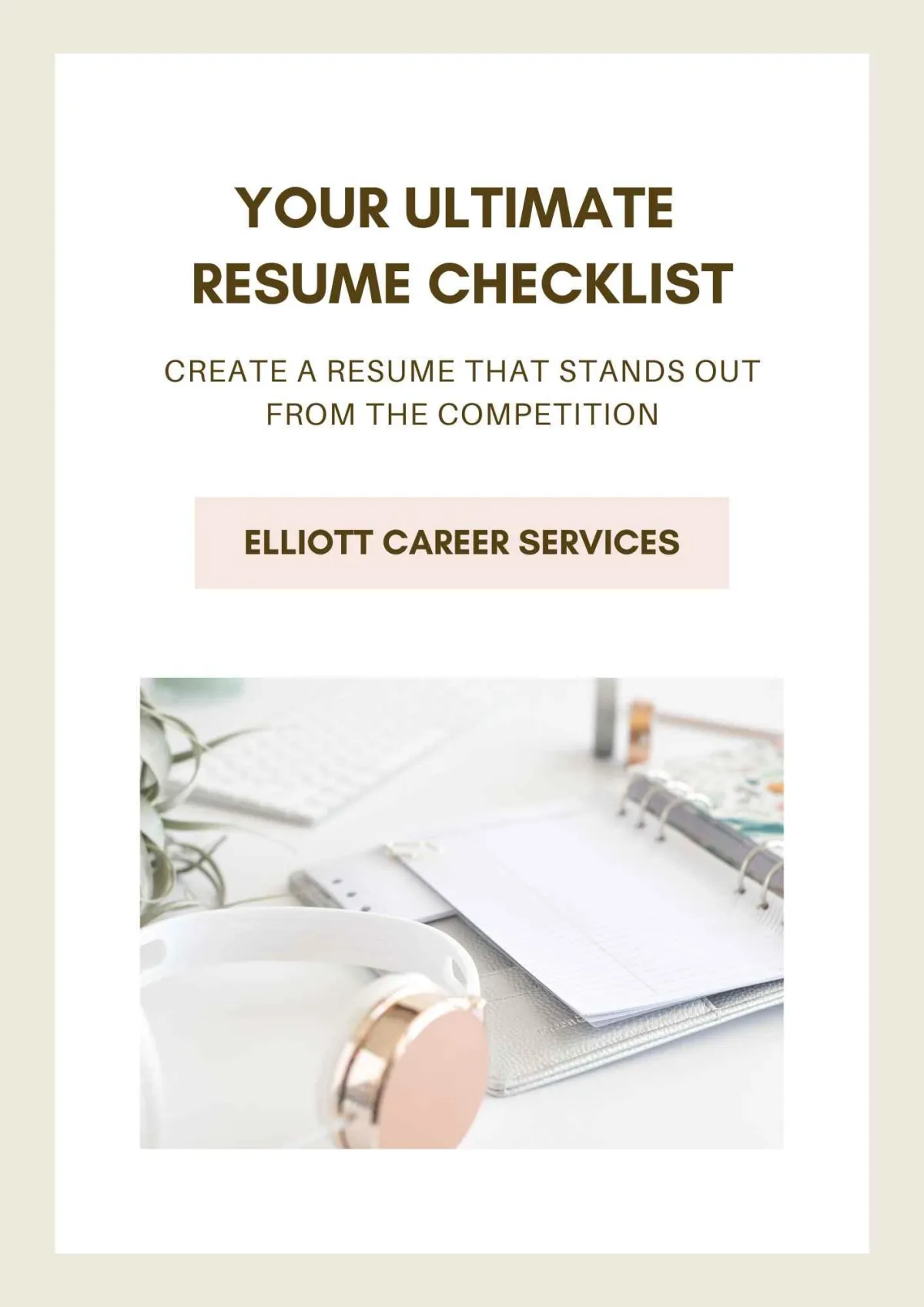Offering help & hope
for job seekers
Job searches can be exhausting!
Are you tired of sending countless resumes and never hearing back? Do you feel overwhelmed by the competitive job market, unsure of how to stand out from the crowd? It's time to take control of your professional destiny and land your dream job!
What if you had someone to empower you with the knowledge, skills, and confidence you need to excel in your job search? From crafting the perfect resume, cover letter or LinkedIn bio, to acing interviews, I'll walk with you every step of the way.

Meet your career coach
I have coached hundreds of job seekers to identify their true passions, develop strong résumés, implement effective job-search strategies, and tackle job interviews with confidence.
My journey into career coaching began a life-changing adventure of my own. After years of increasing responsibilities at my “dream job,” I arrived at work one day to discover that some positions in my department had been eliminated — including mine!
This kicked off a journey of exploration for me that included rediscovering my passions, identifying my core values, and determining what my future career path could look like. Now, I enjoy helping others in transition do the same.

Featured Resource
Your Ultimate Resume Checklist
If you aren't hearing back from employers, or you aren't getting job interviews -- your resume isn't as strong as it needs to be. This checklist will provide step-by-step guidance for each section of your resume.
Latest Blogs
Job-search strategies to propel your career forward.

Resume Makeover: Achievements Will Boost Your Job Prospects
Photo by ThisisEngineering | Pexels.com
A lot of job seekers view their resume as simply a chronological listing of their work experience. Don't fall into this trap! In this blog post, we'll explore effective strategies to optimize your resume and capture the attention of employers.
Optimize your resume to showcase your accomplishments and stand out to potential employers. Don't settle for a mere list of job responsibilities – take a different approach and transform your resume into a powerful tool to open employment doors.
Think of your resume as a marketing document. You want to make your experience as attractive as possible to an employer, so you need to show not only what you did in a role, but HOW WELL you did it. What impact did you make for the company?
Any statistics, dollar amounts, timeframes, or percentages that you can highlight will quantify your experience for an employer.
Start By Thinking Through Your Accomplishments
Did you increase revenue? By how much?
Did you win any company or industry awards?
Did you create any new workflows or processes? What was the result?
Were you chosen to lead a team or a project?
Were you a supervisor or team lead? How many people did you manage?
Did you exceed goals that were set for you? By how much?
Have you solved any problems for the company? How?
Highlight Your Impact with Numbers
Two areas where you can usually find numbers to highlight are time and money. Has your work ever saved the company money? How much? Or have you helped save your coworkers or managers time? How did you do it? These are great things to feature.
Saving Time and Money:
Identify instances where you saved the company money or improved efficiency. Quantify your achievements by mentioning the specific amount or percentage.
For example:
Streamlined manufacturing process, reducing labor and material costs by 15%.
Managed bid process for facility maintenance contracts, saving the organization $25,000.
Driving Revenue and Recognition:
Emphasize your contributions to revenue growth and any awards you have received. Provide tangible figures to illustrate your impact.
Increased revenue by 20% through a website redesign project and optimized copywriting.
Developed a new social media strategy, improving user engagement by over 60% on Facebook, Instagram, and LinkedIn.
Overcoming Challenges and Exceeding Goals:
Highlight instances where you solved problems or surpassed targets. Specify the nature of the challenge and quantify your achievements.
Exceeded monthly sales goals by implementing new follow-up processes, resulting in a 20% increase in new monthly clients.
Implemented new workflows/processes, resulting in enhanced efficiency and reduced errors by 25%.
Use the PAR Method:
One of the best ways to structure your statements is to think in terms of a simple formula often used in job interviews: The PAR Method – Problem, Action, Results.
Problem: What was the problem you solved?
Action: How did you solve it? (Be sure to use an action verb)
Result: What was the outcome for the company, team or project?
To use this strategy on your resume, flip the order of the elements to Action + Problem / Project + Results.
The examples used above are presented in this format.
Quantifying Non-Data-Based Roles
If your job doesn't involve working with data or numbers, consider quantifying your experience using the frequency or scale of your work.
Highlight Your Impact With Frequency:
Quantify your experience based on the frequency of tasks or assignments completed within a given time period.
For instance:
Resolved 60+ help desk tickets per day.
Wrote and posted 3 blog posts per week with an average of 15,000 page views per article.
Directed 20 events per year, including 2 annual conferences with more than 5,000 attendees.
Processed 200+ customer phone orders per week and upsold items in 40% of the calls.
Highlight Your Impact With Scale:
Highlight significant projects, teams, or responsibilities you managed. Emphasize the scope or magnitude of your work.
Hired and trained 20 new managers to serve as team leads in regional call centers.
Led a company-wide web design project, collaborating with 6 departments and 2 external agencies.
Digitized company’s photo library of more than 3,000 files.
Created a 25-page training manual to assist new hires with onboarding.
Grew newsletter subscriber list from 100 to 1,000 in 6 months without increasing expenses.
Organized three volunteer events per year with more than 30 volunteers per event.
Want More Help With Your Resume?
Strengthen your resume with our FREE guide. This 10-page checklist walks you through strategies for each portion of your resume. Claim yours today!
The Bottom Line:
By optimizing your resume to showcase your achievements using quantifiable metrics, you significantly enhance your chances of catching the attention of potential employers. Remember to apply the PAR method and focus on the impact you made.
While you are updating your resume, add these to your LinkedIn profile also!
Want more resume tips? Check out this post on formatting your resume or learn what information you should NOT include on your resume.
Client Testimonials
Some love words from clients

Lorem ipsum dolor sit amet, consectetur adipiscing elit. Fusce elementummi vitae risus luctus rhoncus. Morbi porttitor diam tincidunt leo vestibulum, tempus suscipit orci hendrerit. Morbi id tincidunt dui.
- Jane Doe

